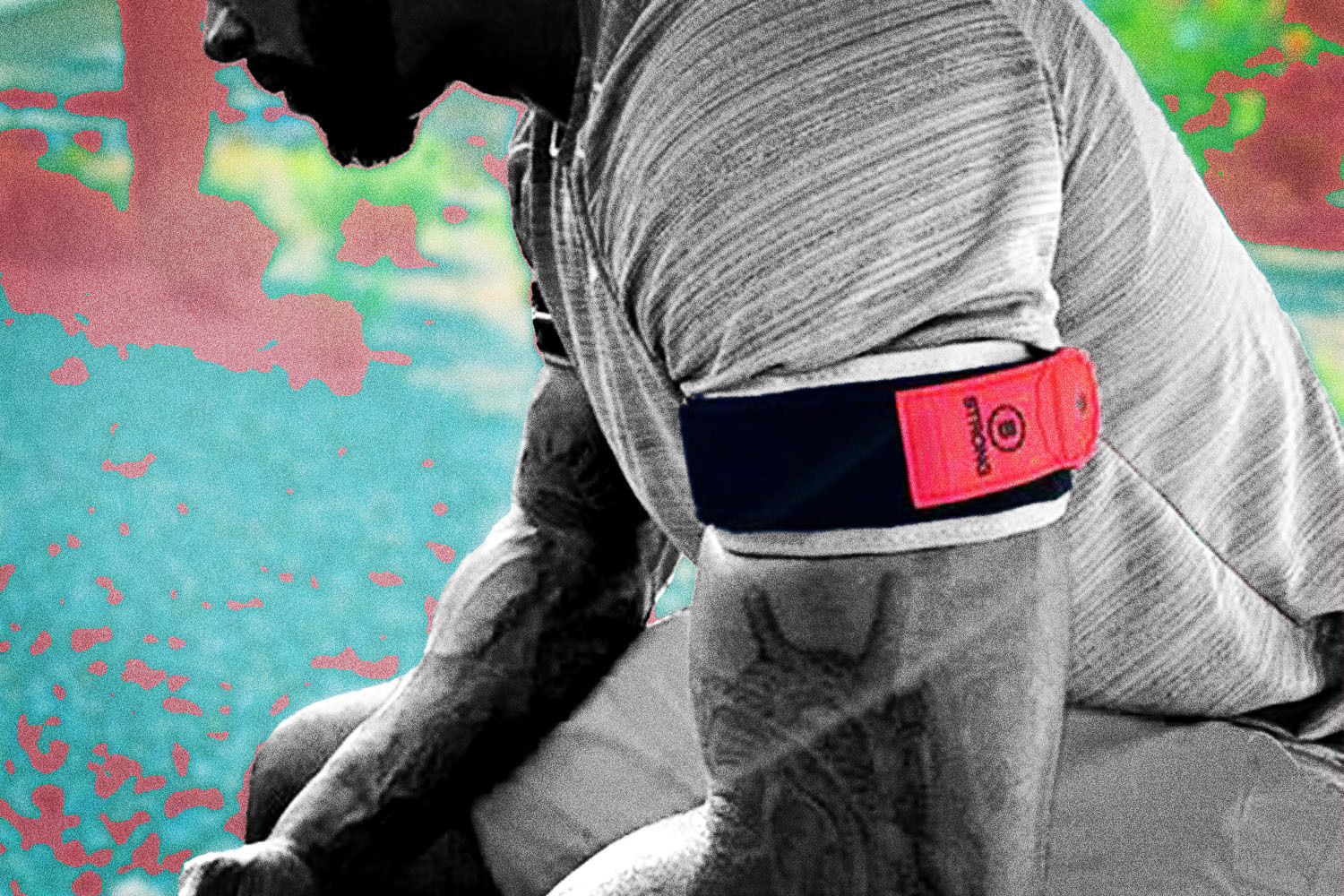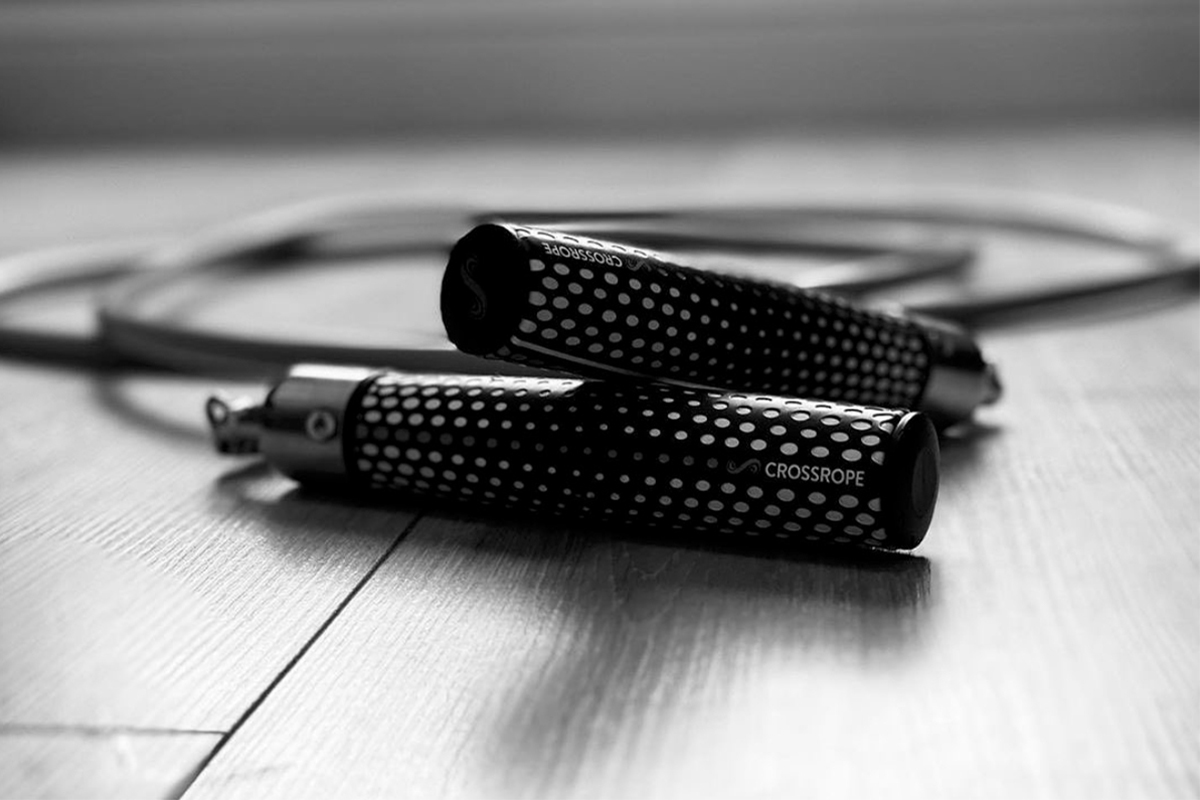According to a new study published in Cell Metabolism, engaging in frequent high-intensity interval training (HIIT) could have a potentially damaging impact on the body, as reported by The New York Times.
Researchers at the Swedish School of Sport and Health Sciences recruited 11 healthy volunteers, both men and women, to perform four weeks of HIIT workouts using a specialized stationary bicycle. At the study’s peak intensity, the subjects were attending sessions that included eight-minute “all-out” pedal intervals, five days a week.
In the time building up to that point — which included just a couple sessions per week, and less time going full-throttle on the bike — biometric data showed fitness improvements across the board, particularly at the cellular level. Each volunteer was producing more mitochondria (the organelles that help the body produce energy) in his or her muscles. But eventually, these mitochondria started to falter. They struggled to produce even 60% of the energy from previous weeks, and as a result, the subjects’ blood sugar levels went haywire.
This study is not an indictment of HIIT training — it’s a cautionary tale on what too much HIIT could do the body. Previous studies have hinted at this already (see here and here), but basically, there is a time and place for high-stress exercise, and it isn’t every single day.
Some trainees are charmed by how easily HIIT is slotted into an afternoon. Most effective high-intensity workouts clock in at 20 minutes or less, and some can take just four minutes. It might seem hard to believe that a session that short should put you on the sideline for the next day, but rest and recovery are absolutely critical. One of the scientists working on this new study, Mikael Flockhart, puts it rather bluntly: “HIIT exercise should not be excessive if increased health is a desired outcome.”
How do you incorporate these ideas into your weekly workout schedule? Schedule two days (three, max) of heart-pumping training. Maybe that means a hard run, a jump rope workout or a literal HIIT workout on your Peloton. Pepper the days in between with lighter activities: yoga, jogs, long walks, hikes, gentle cycles. And make sure there is one non-negotiable day where you take it extremely easy.
It’s true: HIIT can put years on your life. But too much HIIT could potentially do the opposite.
The Charge will help you move better, think clearer and stay in the game longer. Subscribe to our wellness newsletter today.


















